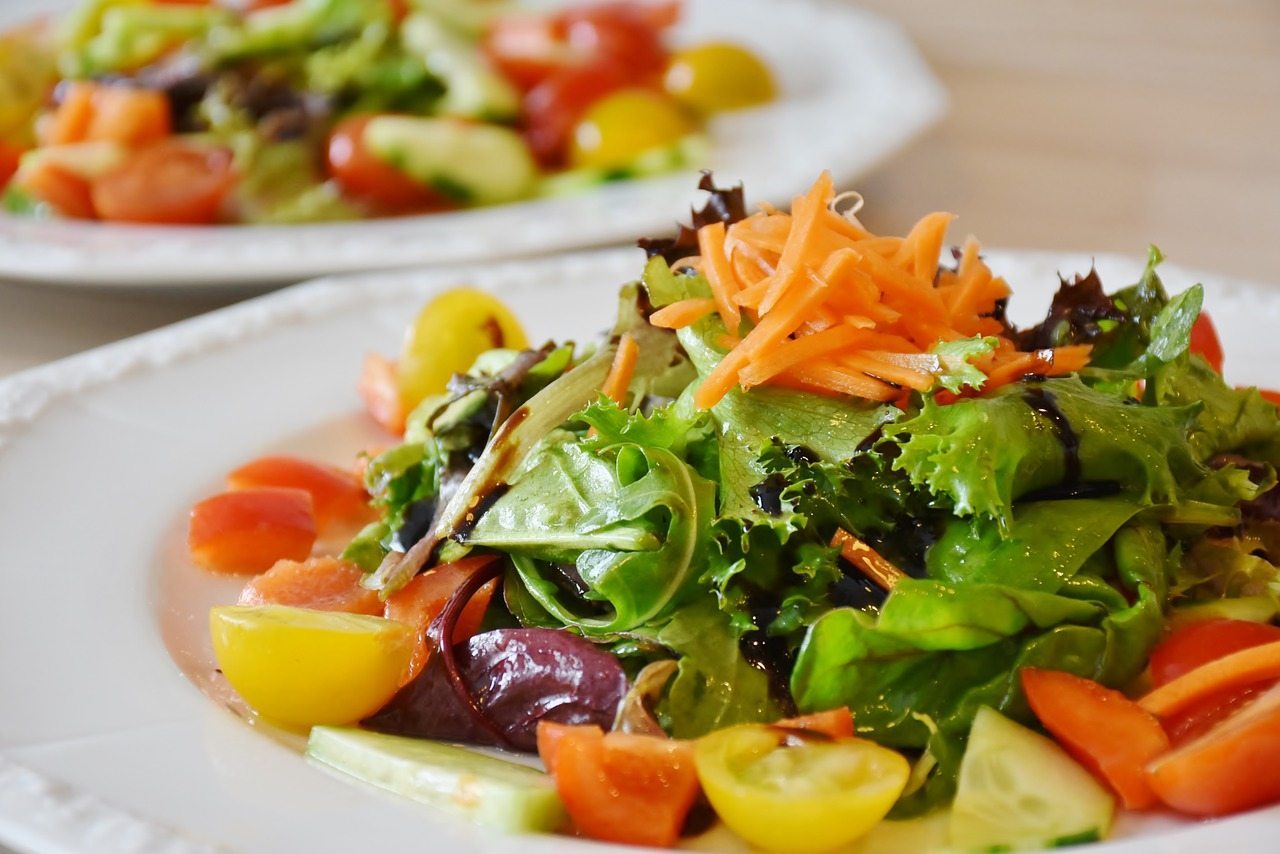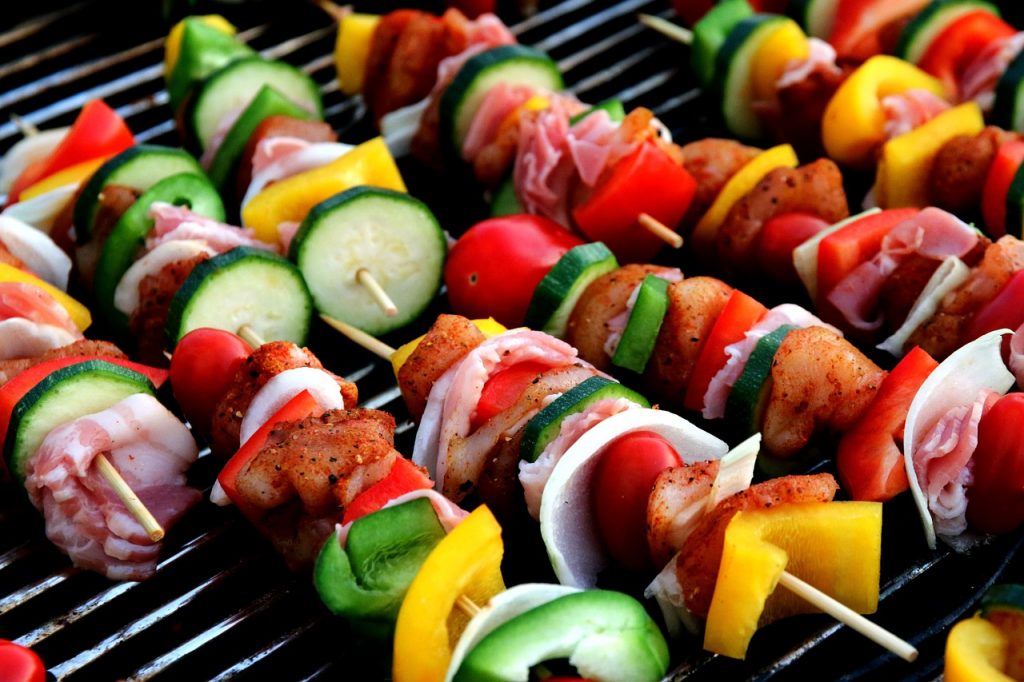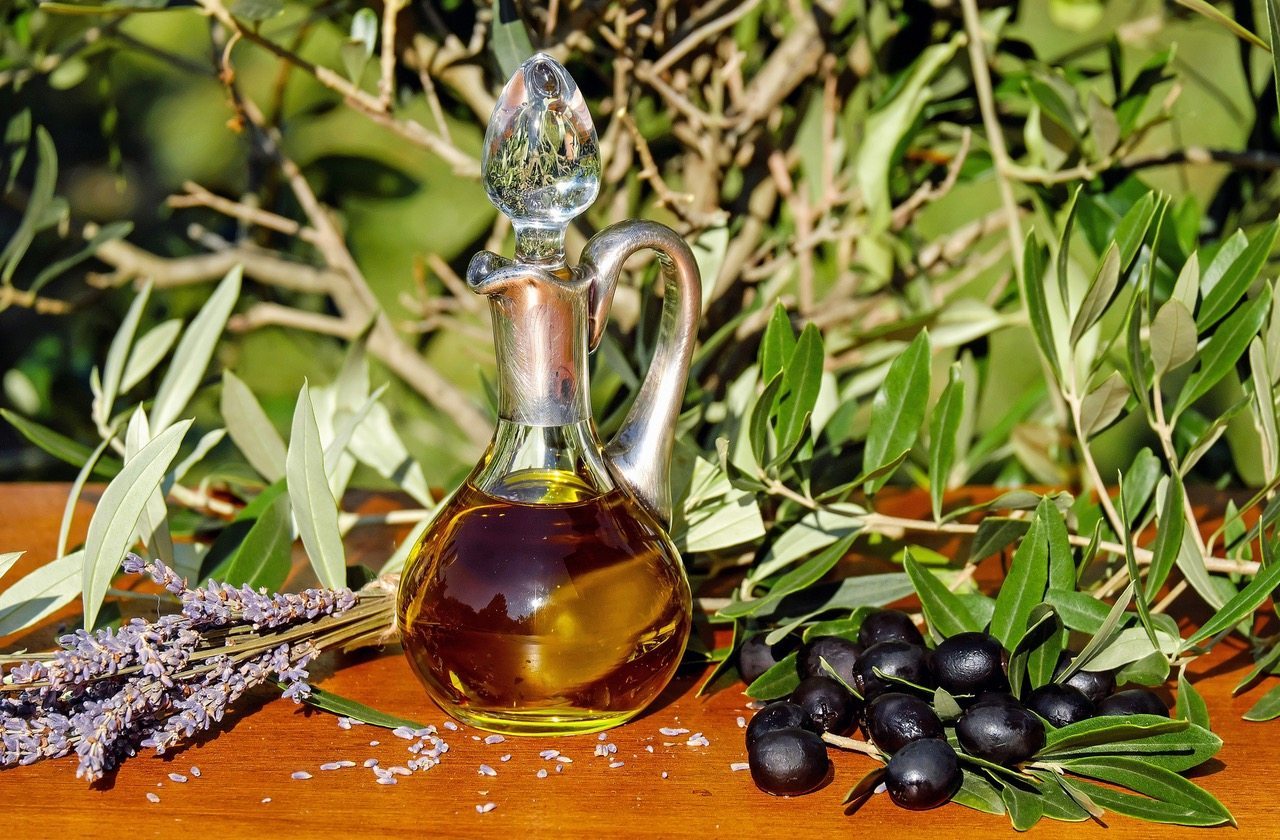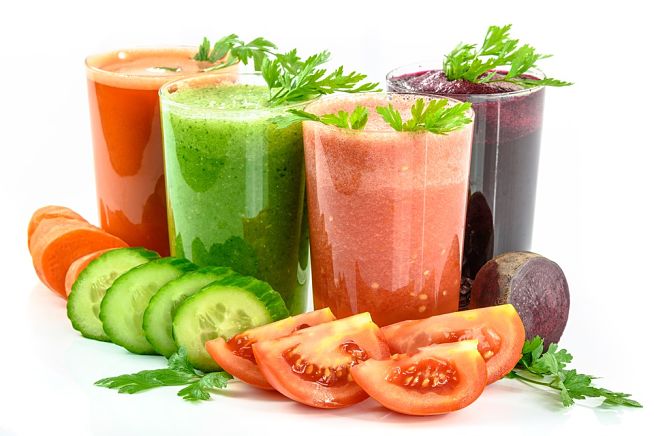
The Importance of Eating ~Live~ Foods to Reduce Weight and Disease
Be sure to eat a variety of organic vegetables everyday, and if you can, in every meal. If you cook the vegetables, then cook them lightly to retain their nutrients. Eat as many of them raw as possible. Avoid canned or processed vegetables.
Also make sure you are eating a variety of whole, organic fruits. Avoid canned or processed fruit and fruit juices. It is best to eat fruits fresh and whole and organic.
Not only do live fruits and vegetables provide you usable essential nutrients (vitamins, minerals antioxidants and good carbohydrates), they also provide essential sugar compounds that are required for building glycans in our bodies which help our immune system as well as our brain and nerve cells.
“Sugar compounds” are not as they sounds (sweet), rather come from whole fruits, seeds and vegetables such as broccoli, mushrooms, an cabbage. Good rains such as barely also provide these sugar compounds.
Whole fruits also provide small amounts of highly digestible protein. It’s not the amount of protein you consume that matters, it’s the quality and the amount that is assimilated by the body that is important.
Many whole fruit also contain high amounts of antioxidants as well as they are alkaline, both helping to remove toxins from the body thus reducing the chronic stress on the body that can cause FAT Programs to be turned on.
When you provide your body with essential nutrients through live foods, you reduce the famine response that causes FAT Programs to be turned on.
Contrary to live foods are “dead” foods which lack nutrients as well as create an acidic environment (opposite to alkaline). An acid environment promotes virus and bacteria growth which causes chronic stress on the body thus turning FAT Programs on.
Dead foods also force the body to extract calcium from our bones and teeth in order to remove this acidic waste thus causing a depletion of calcium. And calcium is now known as a requirement for weight loss.
Here are some guideline to ensure you are consuming only Live Foods:
Proteins – unprocessed, free range, grass fed, organic and hormone-free
- Fish – cold water and wild caught
- Beef, buffalo, venison
- Chicken, turkey
- Pork
- Eggs
- Cold cuts, dried meats salami and sausages in moderation (check for sugar content)
- Organic, unsweetened whey protein – preferably from goat or sheeps milk
- Raw nuts and seeds

Non-starchy Vegetables
- Green leafy vegetables of any kind; get creative! You’ll find lots of recipe ideas on my Facebook fan page.
- Green beans, yellow beans, wax beans, Chinese long beans
- Artichokes
- Cabbages, broccoli, cauliflower and brussel sprouts
- Eggplant
- Lettuces and sprouts of any kind; get creative!
- Celery, radishes, raw carrots, cucumber
- Leeks, onions, green onions, scallions, shallots, garlic, ginger
- Bell peppers – any color
- Summer squashes (zucchini, crookneck, yellow, and varieties)
- Tomatoes
- Turnips, celery root, rhubarb, fennel
- Snow peas, sugar snap peas
- Asparagus
- Daikon, Okra
- Bamboo shoots, water chestnuts
- Mushrooms (unless you are a candidate for Candida)
- Pickles (unless you are a candidate for Candida)
- Spaghetti squash (a great pasta alternative!)

Healthy Fats
- Olive oil (not for cooking as olive oil is easily damaged and turned into a trans fat at high temperatures)
- Coconut oil for cooking
- Grass fed butter for cooking and garnish
- Flaxseed oil (also not for cooking, an store in refrigerator)
- Avocado
- Olives
- Raw nuts
- Raw seeds, especially chia and flaxseed
Healthy Grains/Starches
It’s best to eat healthy grains and starches in the morning for breakfast so that you have all day to burn the fuel from these foods. Although many will say to avoid grains altogether, especially if you have a sensitivity to gluten.
Here are the best grains and starches to choose from eat:
- Whole grains such as wheat, bran, millet, kamut, pumpernickel, oat, rye, spelt, barley, buckwheat, quinoa and amaranth
- Bread made from sprouted grains (for example Ezekiele, Mana bread)
- Flour made from whole grains
- Hot or cold cereals made from 100% whole grains
- Brown rice
- Legumes of any kind including split pea, yellow pea and lentils
- Pasta made from 100% whole grain
- Yams, sweet potatoes
- Winter squashes

Dairy
Contrary to popular belief, dairy does not provide our bodies a lot of nutrients such as protein and calcium when it is processed, because it is not easily digested.
If you are doing to consume dairy, it’s best to chose from the following list:
- Raw cow, goat or sheep’s milk or cream
- Plain, full fat kefir made from goat or sheep’s milk
- Plain, full fat yogurt made from goat or sheep’s milk
- Raw cheese made from goat or sheep’s milk
- Cheese made from goat or sheep’s milk (if raw is not available)
If you are going to purchase other kinds of processed dairy (like cottage cheese, yogurt or sour cream), go for those made with full fat to avoid added substitutes, and always chose the “plain” version to avoid added sugars.
Also, you will find great and easy recipes with live foods over here on Jon Gabriel’s website:
Delicious Live Food Recipes and
Free Recipe Collection from his readers.
Ready for more?
Here’s a program that will leave you feeling re-energized, recharged, renewed and ALIVE again… in 28 Days!





Add A Comment